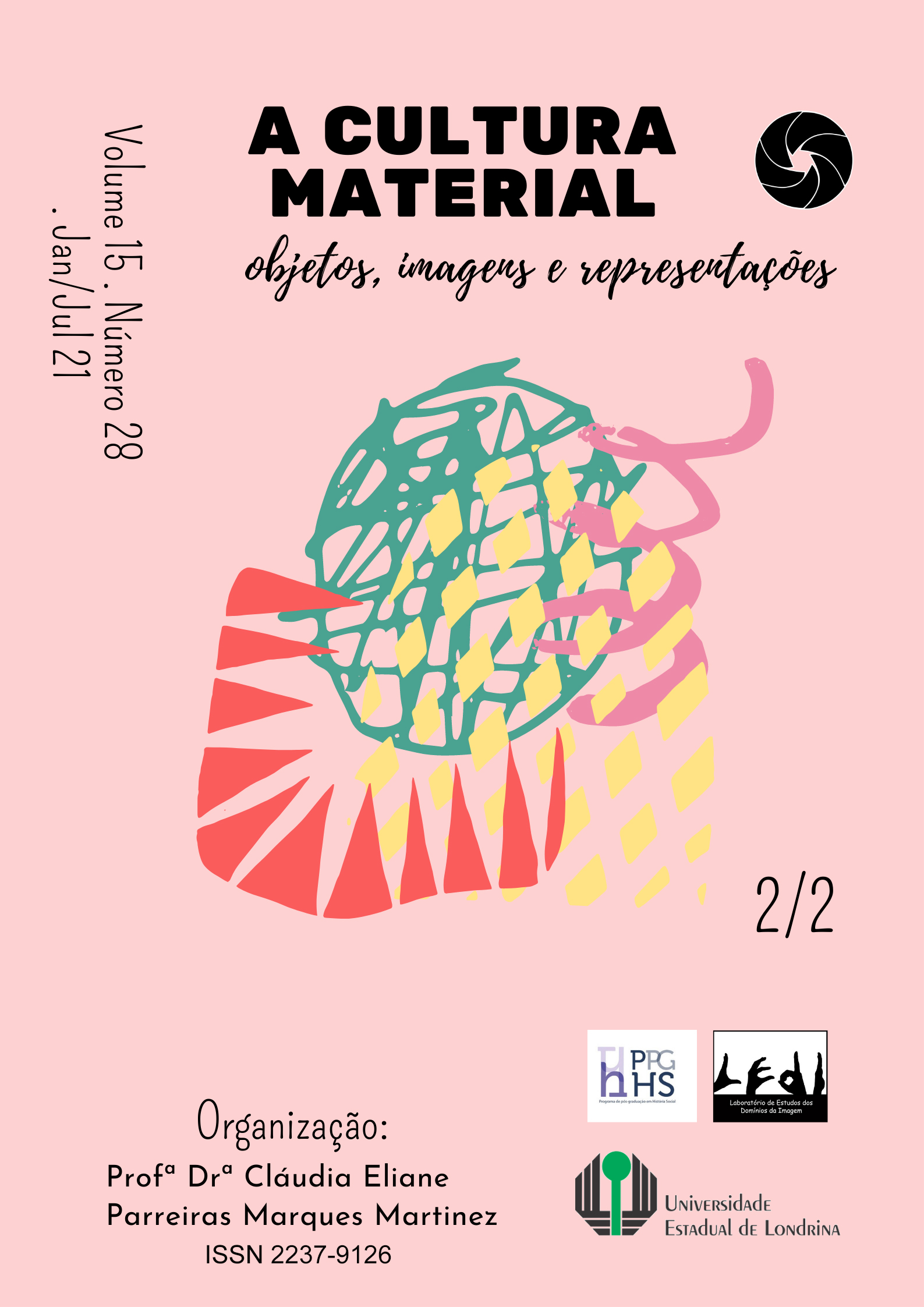Memory and history of the nameless: the use of mug shots in Rithy Panh's documentaries
DOI:
https://doi.org/10.5433/2237-9126.2021v15n28p78Keywords:
Documentary, Photography, History, MemoryAbstract
This paper analyzes the reuse of mug shots taken in S-21 prison in four documentaries directed by Rithy Panh: Bophana, une tragédie cambodgienne (1996), S-21: la machine de mort khmère rouge (2002), Duch, le maître des forges de l'enfer (2011) and L'image manquante (2013). We seek to analyze the variations of the cinematographic procedures on the reuse of the photographs, considering the unceasing exercise of interpretation within the cinematic form. We consider the sense of the archives not univocal but constructed by the expressive means of the documentary. From the films towards the theory, these analyzes aim to approach the narrative of history on the writings of Walter Benjamin, Theodor W. Adorno, Márcio Seligmann-Silva, and Jeanne Marie Gagnebin, to answer how the documentaries achieve an elaboration of the past and a recomposition of memories through the cinematographic figure of nomination.Downloads
References
BENJAMIN, Walter. Mágia e Técnica, Arte e Política. São Paulo: Ed. Brasiliense, 1996. (Obras Escolhidas I)
GAGNEBIN, Jeanne Marie. Lembrar escrever esquecer. São Paulo: Editora 34, 2009.
GUNNING, Tom. O retrato do corpo humano: a fotografia, os detetives e os primórdios do cinema. In: CHARNEY, Leo; SCHWARTZ, Vanessa (orgs.). O cinema e a invenção da vida moderna. Tradução de Regina Thompson. São Paulo: Cosac & Naify, 2001. p. 39-80.
LEANDRO, Anita. "A história na primeira pessoa: em torno do método de Rithy Panh". E-compós, Brasília, v.19, n.3, set./dez. 2016.
LEANDRO, Anita. "Uma arquivista no Camboja". In: MAIA, Carla; FLORES, Luís Felipe. (org.). O cinema de Rithy Panh. Centro Cultural Banco do Brasil, 2013. p. 185-198.
LINDEPERG, Sylvie. Le singulier destin des images d'archives contribution pour un débat, si besoin une "querelle". Disponível em: https://www.ina-expert.com/e-dossiers-de-l-audiovisuel/le-singulier-destin-des-images-d-archives-contribution-pour-un-debat-si-besoin-unequerelle.html. Acesso em: jan. 2018a.
LINDEPERG, Sylvie. Des lieux de mémoire portatifs. In: Critique, Paris, n°814, 2015/3, p. 202-214. Disponível em: https://www.cairn.info/revue-critique-2015-3-page-202.htm. Acesso em: jan. 2018b.
LINDEPERG, Sylvie. Imagens de arquivos: imbricamento de olhares. Entrevista com Sylvie Lindeperg. In: Catálogo do fórum.doc. Belo Horizonte, 2010. p. 318-345.
MONDZAIN, Marie-José. A imagem pode matar? Lisboa: Editora Nova Ltda, 2009.
PANH, Rithy. Sou agrimensor de memórias. In: MAIA, Carla; FLORES, Luís Felipe. (org.). O cinema de Rithy Panh. Centro Cultural Banco do Brasil, 2013. p. 63-74.
ROLLET, Sylvie. "Devolver o olhar". In: MAIA, Carla; FLORES, Luís Felipe. (org.). O cinema de Rithy Panh. Centro Cultural Banco do Brasil, 2013. p. 199-227.
SELIGMANN-SILVA, Márcio. A atualidade de Walter Benjamin e Theodor W. Adorno. 2. ed. Rio de Janeiro: Civilização Brasileira, 2010.
SELIGMANN-SILVA, Márcio. A história como trauma. In: NESTROVSKI, Arthur; SELIGMANN-SILVA, Márcio (Orgs.). Catástrofe e representação: ensaios. São Paulo: Escuta, 2000. p. 73-98.
Downloads
Published
How to Cite
Issue
Section
License
Copyright (c) 2021 Domínios da ImagemDomínios da Imagem adopts the Creative Commons Attribution 4.0 International License, therefore, the copyrights related to the published articles belong to the author(s), who grant the journal the exclusive right of first publication.
Under this license it is possible to: Share - copy and redistribute the material in any medium or format. Adapt - remix, transform, and build upon the material, giving due credit and providing a link to the license and indicating if changes were made.












 The works in this journal are licensed under Creative Commons .
The works in this journal are licensed under Creative Commons .